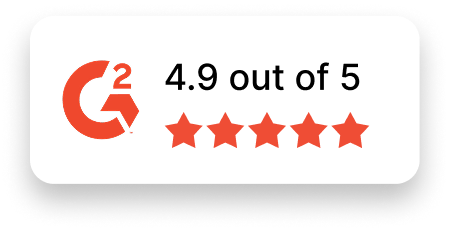Artificial Intelligence (AI) Researcher Job Description Template
Use this template to craft job descriptions for hiring Artificial Intelligence (AI) Researchers at various levels. Customize the content to meet your company’s specific needs and priorities.
Job Title: Artificial Intelligence (AI) Researcher
Location: [Specify Location or Remote]
Job Type: [Full-time/Contract/Remote]
About the Role
We are looking for an innovative Artificial Intelligence (AI) Researcher to lead cutting-edge advancements in AI technology at [Your Company Name]. You will design and develop advanced algorithms, models, and AI-driven solutions in areas such as machine learning, natural language processing, computer vision, and robotics. By collaborating with a team of engineers, researchers, and industry professionals, your work will help push the boundaries of AI capabilities and redefine technological potential.
If you are passionate about advancing the field of AI and contributing to groundbreaking discoveries, this role offers the opportunity to make an impact in an exciting and collaborative environment.
Responsibilities
- Conduct advanced research to develop algorithms and AI systems across areas such as machine learning, NLP, computer vision, and robotics.
- Design and implement innovative AI models that solve real-world problems and provide actionable solutions.
- Collaborate with cross-functional teams of researchers, engineers, and stakeholders to develop and optimize AI-driven products.
- Experiment with cutting-edge methodologies, leveraging modern tools and frameworks to enhance AI performance.
- Perform data analysis and preprocessing to improve model accuracy and scalability.
- Publish research findings and share technical insights through papers, reports, and presentations.
- Maintain awareness of emerging AI technologies and integrate these advancements into your research.
- Troubleshoot challenges during research, model development, and implementation to ensure performance optimization.
Required Skills & Experience
- Bachelor’s degree in Computer Science, Data Science, Artificial Intelligence, or a related field (Master’s or Ph.D. preferred).
- Proven experience in conducting AI research, with a focus on areas like machine learning, deep learning, or NLP.
- Strong programming skills in Python, TensorFlow, PyTorch, or other AI frameworks.
- Expertise in data structures, algorithms, and statistical analysis.
- Experience working with large-scale datasets and cloud-based AI platforms.
- Ability to analyze and solve complex challenges in AI model development.
- Strong communication skills to present technical concepts to diverse audiences.
- A research portfolio showcasing published work or successful AI implementations is a plus.
Why Join Us?
- Innovative Projects: Contribute to cutting-edge advancements in artificial intelligence and technology.
- Career Development: Access unparalleled opportunities for research, training, and career growth.
- Competitive Compensation: Enjoy a salary and benefits package designed to attract top AI talent.
- Collaborative Environment: Work with exceptional researchers, engineers, and industry leaders.
- Flexible Work Options: Benefit from remote or hybrid working options to suit your lifestyle.
- Inclusive Workplace: Join a diverse and welcoming team where your ideas and expertise are valued.
Apply Now
Are you ready to shape the future of artificial intelligence? Join us at [Your Company Name] to contribute to groundbreaking projects that tackle complex problems and redefine what’s possible. Apply today and become a part of a team driving AI innovation!

